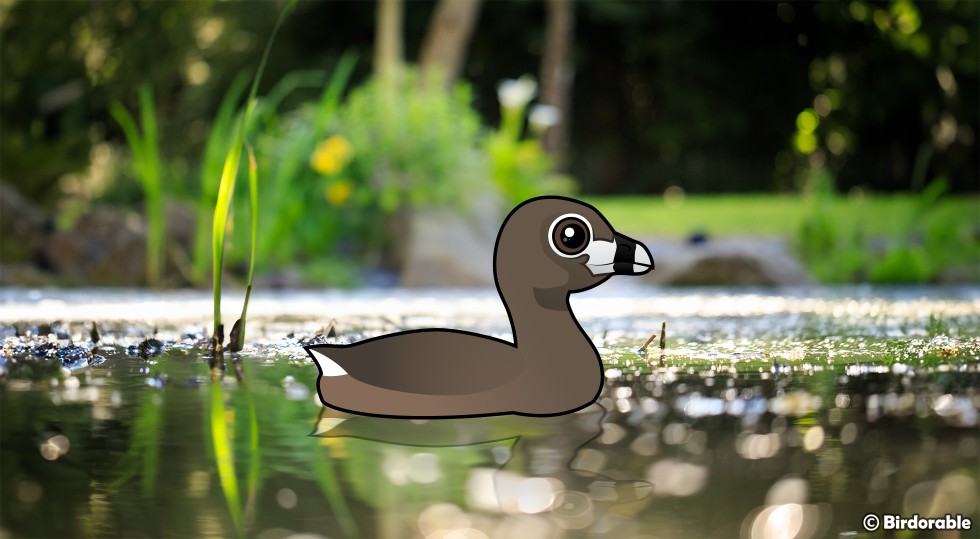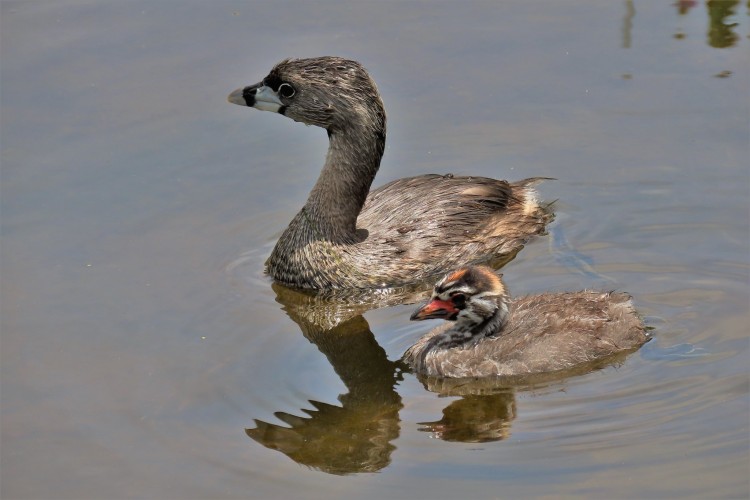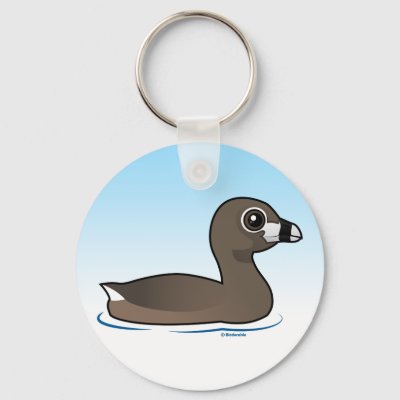10 Fascinating Facts About the Pied-billed Grebe

Dive into the intriguing world of the Pied-billed Grebe, a fascinating bird that might not grab headlines but certainly deserves a moment in the spotlight. Here are 10 captivating facts about this modest avian marvel:
-
Pied-billed Grebes are Excellent Swimmers: These birds are adapted to life in the water, using their lobed feet to propel themselves with ease when diving for fish and insects.
-
Their Bills Change Color: In the breeding season, the bill of the Pied-billed Grebe turns a distinctive white with a black band, earning them their "pied" name.
-
Grebes Sink to Escape Danger: Unlike most birds that take flight, Pied-billed Grebes can sink quietly into the water to avoid predators, disappearing without a trace.
-
They are Poor Flyers: While capable of flight, Pied-billed Grebes are rarely seen doing so. Their strong legs are set far back on their body, making takeoffs awkward and landings splashy.
-
Pied-billed Grebes are Solitary Birds: Outside of breeding season, they prefer to keep to themselves, often seen alone on ponds and lakes.
-
Their Vocalizations are Unique: The calls of Pied-billed Grebes include a series of loud, cuckoo-like calls and a strange, pumping noise.
-
Baby Grebes Can Swim at Birth: Almost immediately after hatching, Pied-billed Grebe chicks are in the water, swimming under the watchful eyes of their parents.
-
They Eat Their Own Feathers: Both adults and chicks consume feathers, which help prevent injury from fish bones and form a plug in the stomach to trap and digest bones more efficiently.
-
Pied-billed Grebes Build Floating Nests: Their nests are anchored to plants in the water, providing safety from predators and rising water levels.
-
They Have a Wide Range: Pied-billed Grebes can be found across the Americas, from Canada to Argentina, adapting to various freshwater habitats.
The Pied-billed Grebe might not be as flashy as some of its avian counterparts, but its unique characteristics and behaviors make it a remarkable species worthy of attention and admiration. Whether you're a seasoned birdwatcher or new to the avian world, keeping an eye out for these intriguing creatures can add an exciting element to your next outdoor adventure.

Pied-billed Grebe by Susan Young (public domain)







Comments
Leave a comment
Thank you!